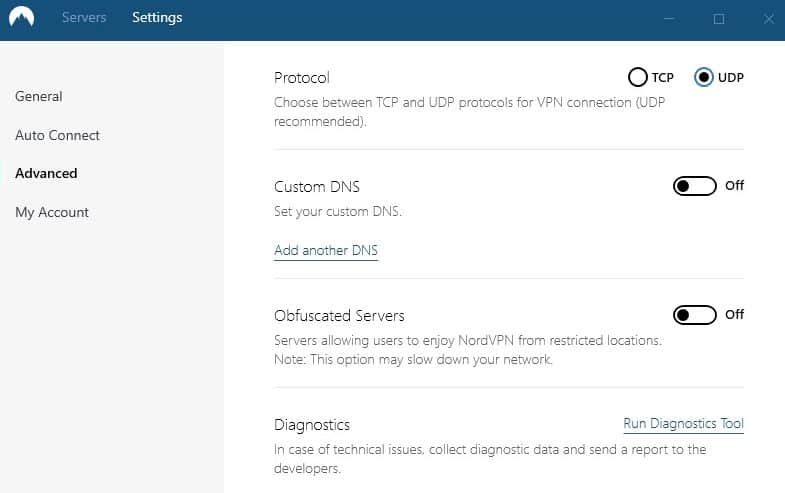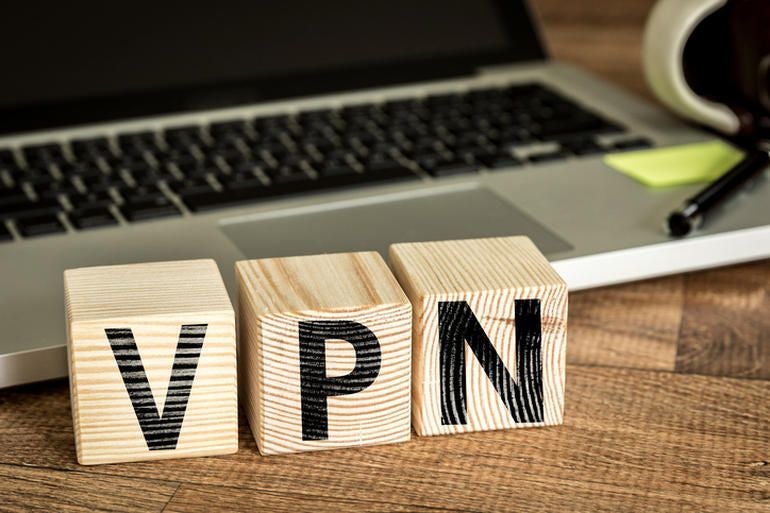Featured
Table of Contents
Unable To Connect To A Vpn On A Windows Pc? 7 Ways ...

The Routing and Remote Access snap-in lives within the Microsoft Management Console, understood as the MMC. There are numerous ways to access the MMC. You can select the console from the Start menu's Programs alternatives, within the Administrative Tools folder within Windows server's Control Panel or by typing mmc at a command timely.
As Tech, Republic's Brandon Vigliarolo shows within his video at the start of this post, the Providers console shows the status of the Routing and Remote Access entry. From within the Services console and with the Routing and Remote Gain access to entry highlighted, you can click Start the Service or right-click the entry and choose Restart.
Often the VPN customer and VPN server are set to utilizing various authentication approaches. Confirm whether an authentication mistake is the problem by opening the server console. Yet another technique of accessing the MMC is to type Control+R to open a command timely in which you can type mmc and hit Enter or click OK.
If the entry isn't present, click File, select Add/Remove Snap-in, choose the Routing and Remote Access option from the choices and click Include, then OK. With the Routing and Remote Access snap-in included, right-click on the VPN server and click Residences. Evaluate the Security tab to confirm the authentication method.
Understanding And Troubleshooting Common Log Errors ...
Make sure the VPN customer is set to the authentication approach defined within the Security tab. Generally the products simply examined are responsible for a lot of VPN connection rejection mistakes.
IP addresses are another essential aspect for which administration should be correctly set. Each Web-based VPN connection normally utilizes 2 different IP addresses for the VPN customer computer. The very first IP address is the one that was appointed by the customer's ISP. This is the IP address that's used to establish the preliminary TCP/IP connection to the VPN server online.

This IP address generally has the same subnet as the local network and therefore permits the client to interact with the regional network. When you established the VPN server, you must configure a DHCP server to designate addresses to customers, or you can produce a bank of IP addresses to appoint to clients directly from the VPN server.


If this choice is selected and the reliable remote access policy is set to allow remote gain access to, the user will have the ability to connect to the VPN. Although I have been not able to re-create the situation personally, I have heard reports that a bug exists in older Windows servers that can trigger the connection to be accepted even if the effective remote gain access to policy is set to deny a user's connection.
20 Tips For Troubleshooting (& Fixing) Your Vpn Connection

Another typical VPN problem is that a connection is successfully developed however the remote user is unable to access the network beyond the VPN server. By far, the most common cause of this problem is that permission hasn't been given for the user to access the entire network. To allow a user to access the entire network, go to the Routing and Remote Gain access to console and right-click on the VPN server that's having the problem.
At the top of the IP tab is an Enable IP Routing check box. If this check box is made it possible for, VPN users will be able to access the remainder of the network, presuming network firewall softwares and security-as-a-service settings permit. If the checkbox is not selected, these users will be able to access only the VPN server, but absolutely nothing beyond.
For example, if a user is dialing straight into the VPN server, it's usually best to configure a static route between the customer and the server. You can set up a fixed path by going to the Dial In tab of the user's properties sheet in Active Directory Users and Computers and selecting the Apply A Fixed Path check box.
Click the Add Route button and then get in the location IP address and network mask in the area provided. The metric should be left at 1. If you're utilizing a DHCP server to designate IP addresses to clients, there are a number of other issues that might trigger users not to be able to surpass the VPN server.
Troubleshooting Ipsec
If the DHCP server designates the user an IP address that is currently in usage elsewhere on the network, Windows will discover the conflict and avoid the user from accessing the remainder of the network. Another typical problem is the user not receiving an address at all. The majority of the time, if the DHCP server can't assign the user an IP address, the connection will not make it this far.
If the client is designated an address in a variety that's not present within the system's routing tables, the user will be not able to navigate the network beyond the VPN server. Ensure the resources the user is trying to access are in fact on the network to which the user is linking.
A VPN connection to the other subnet might, in fact, be needed. A firewall or security as a service solution might also be to blame, so don't forget to review those services' settings, if such components are present in between the VPN server and the resources the user looks for to reach.
The first possibility is that a person or more of the routers included is performing IP package filtering. IP packet filtering might prevent IP tunnel traffic. I advise inspecting the client, the server and any machines in between for IP package filters. You can do this by clicking the Advanced button on each device's TCP/IP Residences sheet, selecting the Options tab from the Advanced TCP/IP Settings Properties sheet, choosing TCP/IP Filtering and clicking the Residences button.
Latest Posts
Best Vpns Of August 2023
The Best Vpn For Business In 2023: Top 8 Corporate ...
Best Vpn Solution For Small & Corporate Business